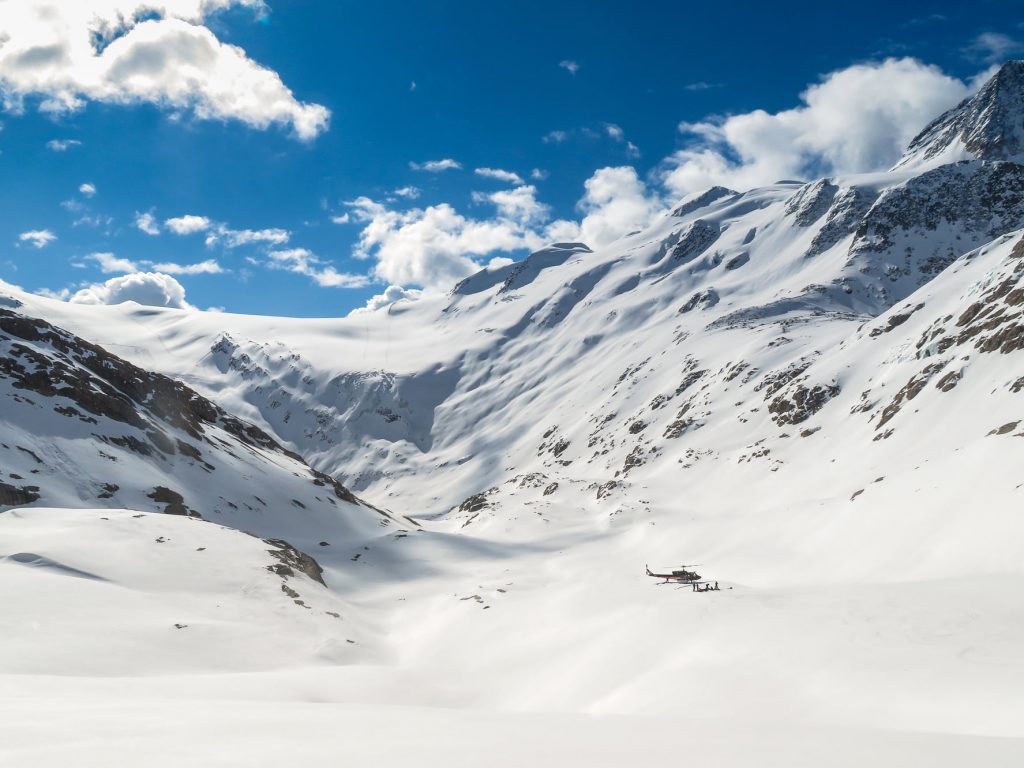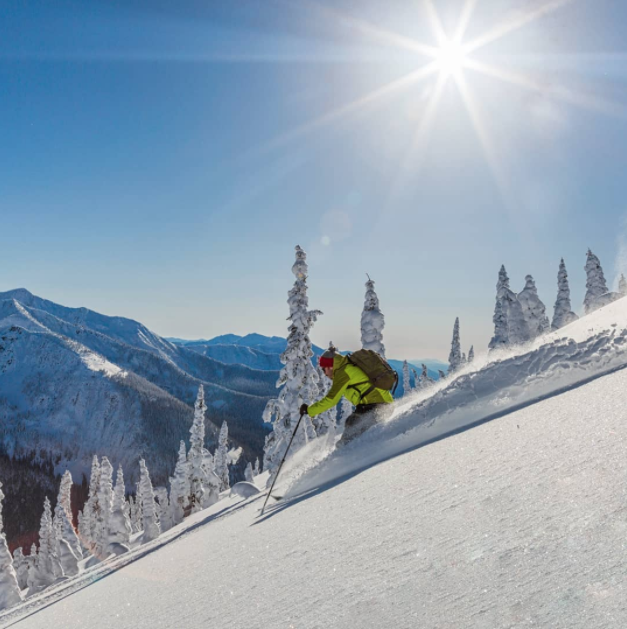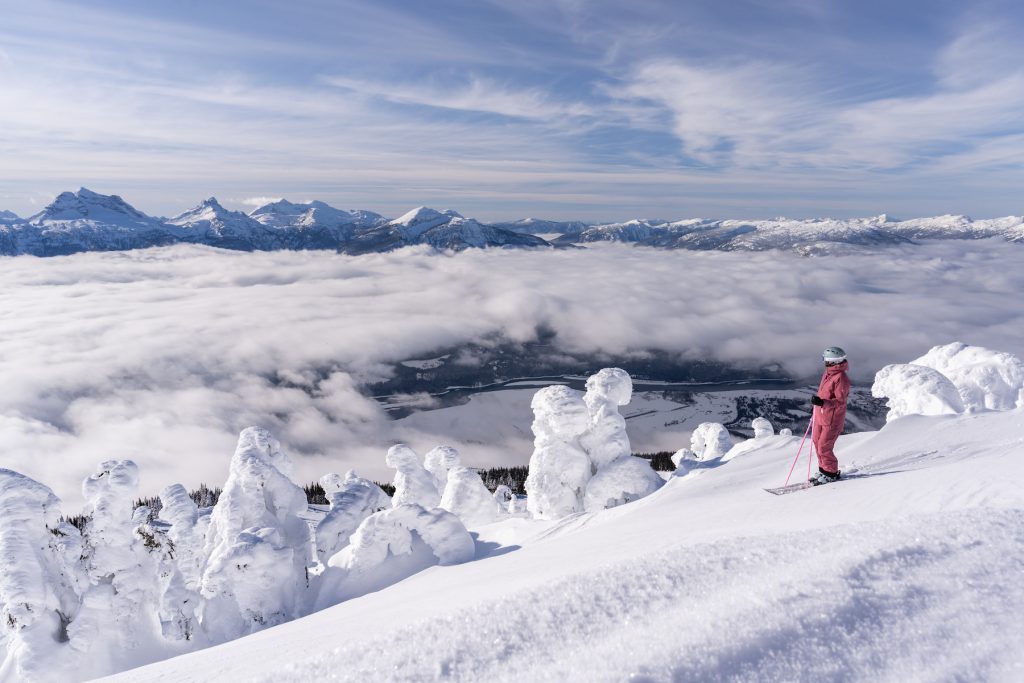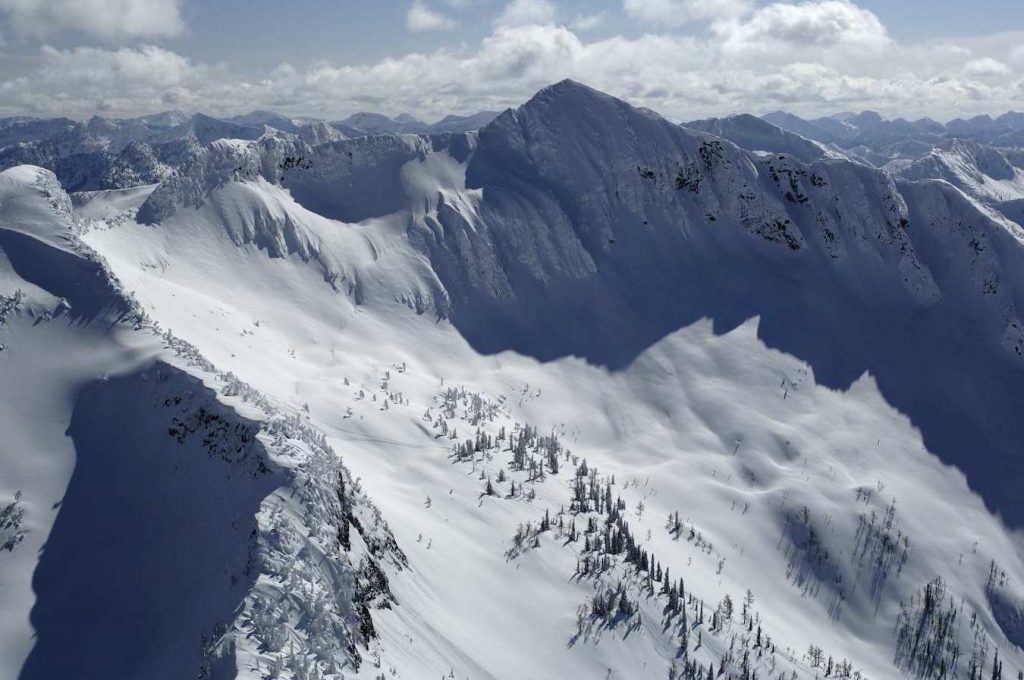BC’s Powder Highway in the Kootenay Rockies is home to some of the most sought-after backcountry skiing and riding in the world. From far-flung summits to waist-deep old-growth forests, it’s all here. But so are a lot of hazards. If you’re new to backcountry exploring, here are seven tips on how to get you started.
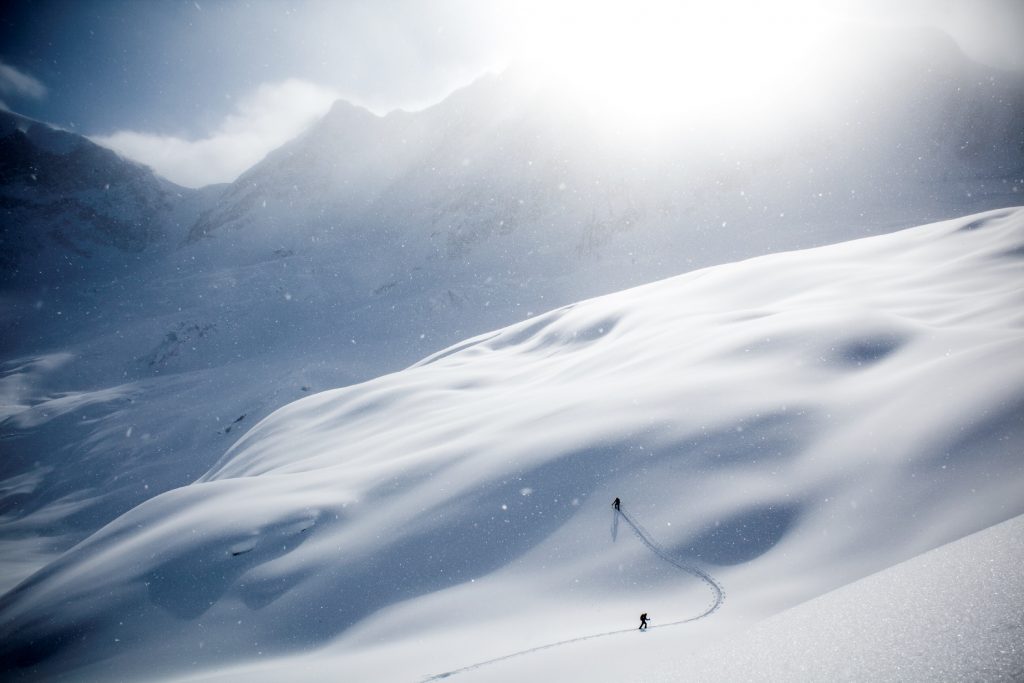
#1 – GET EDUCATED AND/OR GET A GUIDE
Avalanche Safety Training (AST) level 1 and 2 courses are widely available throughout the season, and are the bare minimum to get into the mountains safely. If you haven’t taken a course or still don’t feel confident, hire an ACMG certified guide (Association of Canadian Mountain Guides).
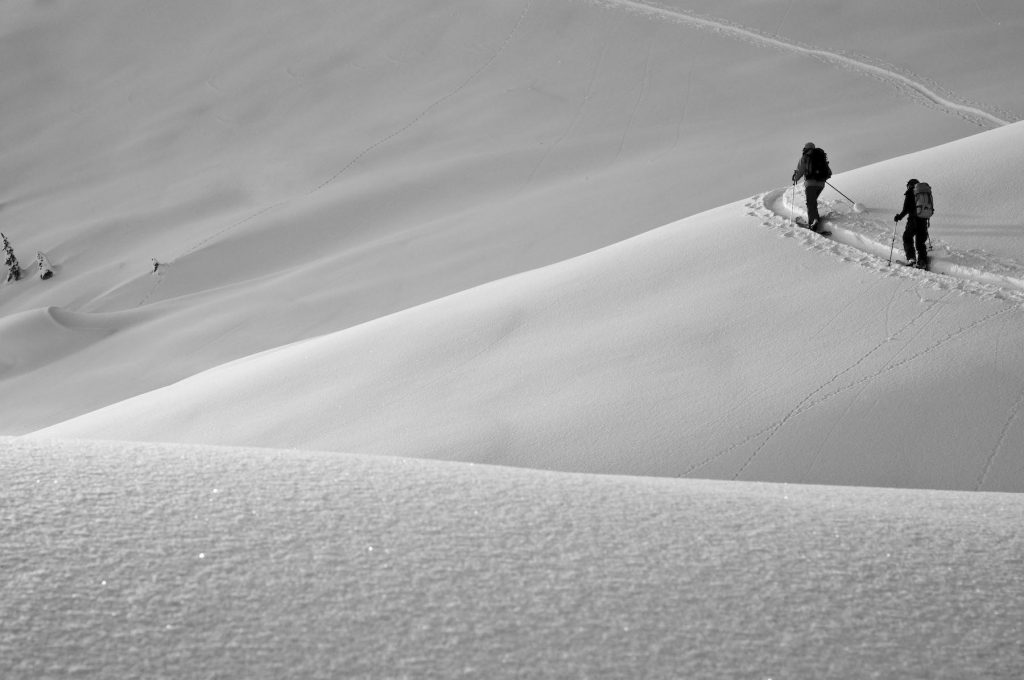
#2 – ARRIVE AT THE TRAILHEAD SAFELY
Winter driving can be the trickiest part of the day, so look at the weather forecast and plan ahead. Check DriveBC for conditions and road closures, and remember that conditions can change drastically throughout the day. In selecting a backcountry objective, be sure to consider how far you want to travel by road. You’ll likewise need good winter tires (and possible chains).
#3 – LEAVE A PLAN WITH A FRIEND OR FAMILY
Ensure you have a reliable means of communication when skiing or riding. Confirm there is cellular coverage in the area or bring a satellite communication device if necessary. Additionally, inform someone of your planned route and anticipated return time.

#4 – CHECK THE AVALANCHE BULLETIN & WEATHER FORECAST
Both are available through Avalanche Canada, along with MIN (Mountain Information Network) reports from the public that detail recent conditions. The Avaluator is also a great, free, online resource from Avalanche Canada to help plan your day.
#5 – PACK APPROPRIATELY
Not just a transceiver, shovel and probe, but all the clothing layers, food and hot tea you’ll need throughout the day—and triple check you have your skins. Make sure to be AdventureSmart.
#6 – KNOW WHERE YOU ARE
If you’re leaving a ski-area boundary, ensure you’re not doing it through a closure. Double-check the right way to exit the ski resort, and that it’s currently open and available to you.
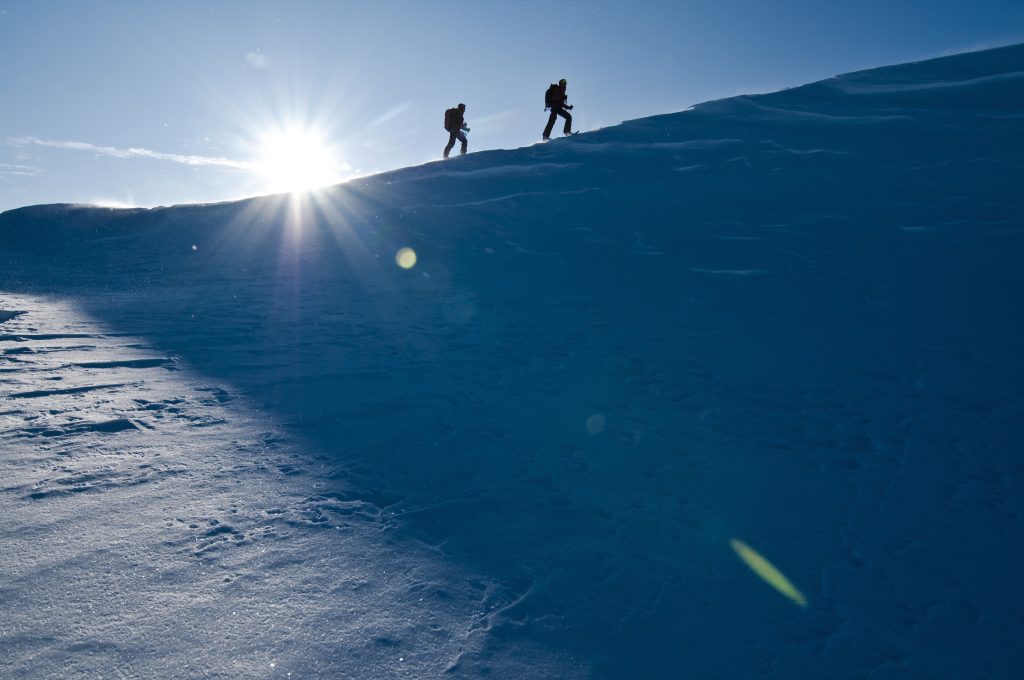
#7 – HAVE THE RIGHT PERMITS
The Rogers Pass in Glacier National Park stands out as a premier backcountry ski touring location, receiving an impressive 14 metres of snowfall annually. The area is renowned for housing the world’s largest mobile avalanche control program, where controlled measures are implemented to safeguard highway and railway routes. The Winter Permit System ensures the safety of skiers & snowshoe enthusiasts, by maintaining clear separation from avalanche control activities. The permit begins November 15, 2025 until the end of the avalanche control season (and if you are intending to leave the highway or parking areas, you need a Winter Permit for Glacier National Park)
Stay informed with real-time information on Winter Restricted Area access by utilizing the Rogers Pass Backcountry Access interactive map. This resource offers location tracking on GPS-enabled devices, as well as access to avalanche forecasts and live webcams.


